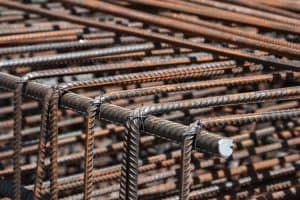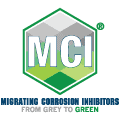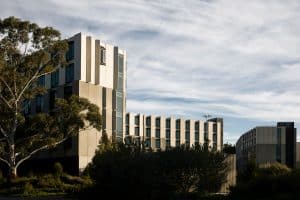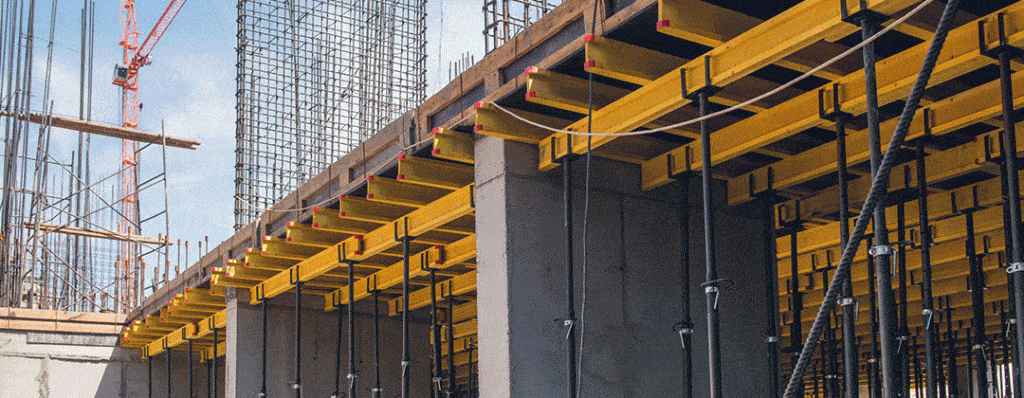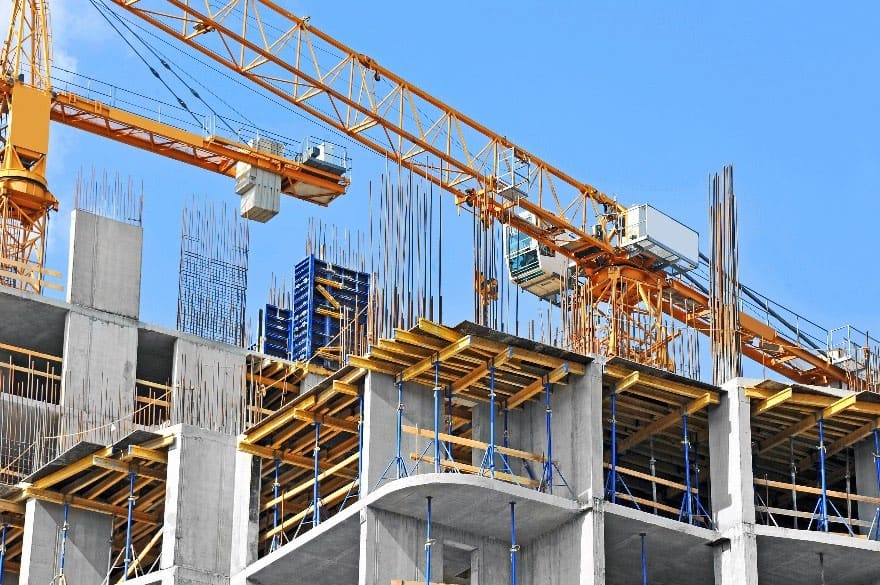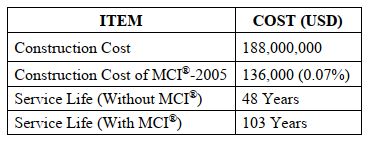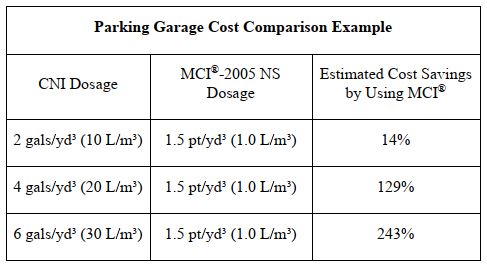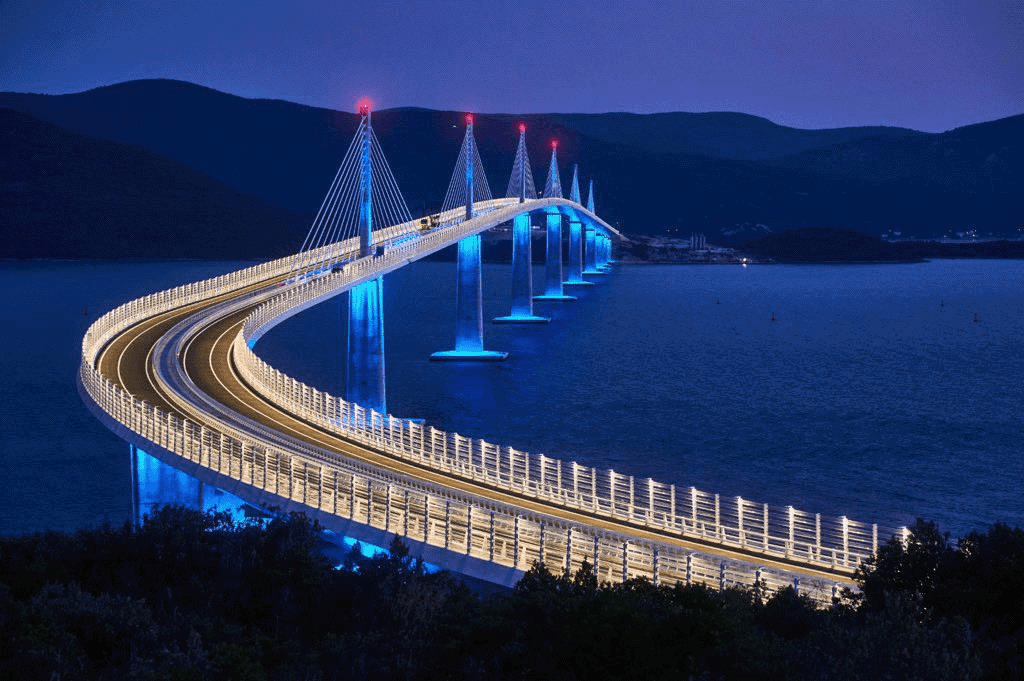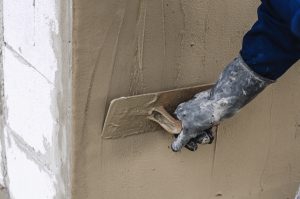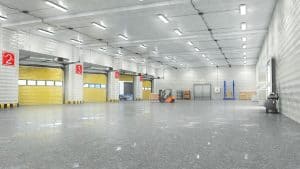August 22, 2022

When it comes to sustainability, the most important thing Cortec® MCI® Technology can do is to help extend the service life of reinforced concrete structures by mitigating corrosion. Because concrete is a major producer of greenhouse gas, the very act of helping concrete last longer means less new concrete is needed to replace the old concrete, thus reducing overall CO2 output from cement production. Furthermore, MCI® helps contractors and building owners steward resources wisely by repurposing existing structures and sometimes even using renewable materials for construction.
Challenges to Concrete Service Life
To understand MCI’s impact on sustainability, it is necessary to look at one of the major challenges to concrete longevity: corrosion. The two main sources of corrosion in concrete are chlorides and carbonation. For example, a structure with high chloride exposure from proximity to the sea or frequent exposure to deicing salts is likely to corrode much sooner than a reinforced concrete structure in the middle of a dry, landlocked environment. However, even structures in this latter environment can deteriorate over the years as carbonation sets in from exposure to CO2 in the air. Carbonation reduces the naturally high pH of the concrete so that reinforcement is no longer in the zone of passivity and can corrode more easily. In either case, concrete cracking can make matters worse by allowing corrosives to enter and reach reinforcing steel more quickly.
Helping Concrete Structures Last Longer
MCI® Technology can protect against both types of corrosion by forming a protective molecular layer on the surface of the steel reinforcement. By interfering with the natural corrosion reaction between oxygen, steel, and an electrolyte, MCI® delays time to corrosion and reduces corrosion rates once started. MCI® can be applied as a concrete admixture to new structures or as a surface applied corrosion inhibitor (SACI) to existing structures. It can also be combined with repair mortars or water repellents for dual benefit and application convenience. In this way, both specifying engineers and repair contractors can help their work last longer and be more efficient, reducing the time and labor normally needed for repair. This weighs strongly in favor of earning credits toward LEED certification, a prominent sustainability rating system overseen by the U.S. Green Building Council.
Earning LEED Credits
Earning LEED credits with MCI® can take a two-pronged approach. The main area in which MCI® can help in LEED v4.1 Building Design + Construction is under the credit category of “Building Life-Cycle Impact Reduction,” which looks at “Building and Material Reuse,” as well as the “Whole-Building Life-Cycle Assessment.” By specifying MCI® admixtures in new structures, engineers can reduce the need for concrete repairs and reconstruction to achieve the same service life, thus reducing overall CO2 output over time. In a similar vein, MCI® repair products can help existing structures last longer, thus making it possible to reuse resources that have a high embodied carbon output (carbon emissions from building the structure) instead of demolishing and replacing them. Another way that contractors can earn credits toward LEED certification is by using MCI®-2005, a corrosion inhibiting concrete admixture that protects against both chloride- and carbonation-induced corrosion. MCI®-2005 is a USDA Certified Biobased Product derived from corn. It contains 67% USDA certified biobased content and can contribute to the “Responsible Sourcing of Raw Materials” LEED credit category.
Building for Coastal Resilience
There are many examples of how MCI® has been used in efforts to extend service life by delaying or mitigating corrosion on rusted rebar in concrete. The Lodge at Gulf State Park is an excellent model. Replacing the original lodge that was destroyed by Hurricane Ivan, the new lodge was designed with special goals for sustainability and resilience. A corrosion mitigation strategy was especially important given the corrosive location of the hotel on the Gulf Coast. In addition to MCI®-2005 being a biobased product in line with the project’s overall goal of LEED certification, MCI®-2005 was also shown to outperform the service life of epoxy-coated rebar (intended for corrosion protection) in service life prediction modeling. Furthermore, it provided significant direct cost savings to the project.
Structural Reuse vs. Concrete Demolition
The Höganäs County Water Tower is an excellent example of how MCI® repair materials can be used to restore and prolong the service life of existing structures rather than demolishing them. Although built for a service life of 50 years, the water tower was already deteriorating at age 42, with chunks of concrete falling off due to chloride- and carbonation-induced corrosion. The concern was that additional damage could develop quickly and affect structural integrity. The municipality therefore requested a repair strategy that would provide 20 additional years of service life. The project owners settled on a repair plan that included MCI®-2020 V/O for corrosion mitigation over other proposals that had a shorter expected service life or required demolition.
Meeting Longer Service Life Demands
The sustainability trend is evidenced in the fact that more and more projects are demanding structural service lives of 100 years or more. This is the case of the new Pelješac Bridge, which creates an important link between two separate parts of Croatia. The bridge was designed to have a 130-year service life and therefore incorporated multiple corrosion mitigation strategies to counteract concrete corrosion in the harsh saltwater environment. One of these strategies was the application of MCI®-2018 onto the concrete pylons. This supplied the concrete surfaces with a 100% silane water repellent (to block intrusion of corrosives) and Migrating Corrosion Inhibitors to penetrate and protect embedded steel reinforcement.
An Important Key to Sustainable Construction
The need for concrete corrosion solutions will only get stronger as service life demands increase and sustainability requirements get stricter. MCI® Technology provides a convenient, efficient, and effective method of corrosion protection for both new and existing structures, providing an important key to sustainable construction and the long-term reduction of one’s carbon footprint. Contact Cortec® to learn more about MCI® and sustainable construction: https://www.cortecmci.com/contact-us/
Keywords: extend service life, From Grey to Green, sustainable construction, Cortec MCI, LEED credits, sustainability, concrete admixture, concrete corrosion, carbon footprint, rusted rebar in concrete
Need a High-Resolution Photo? Visit: www.cortecadvertising.com
Cortec® Corporation is the global leader in innovative, environmentally responsible VpCI® and MCI® corrosion control technologies for Packaging, Metalworking, Construction, Electronics, Water Treatment, Oil & Gas, and other industries. Our relentless dedication to sustainability, quality, service, and support is unmatched in the industry. Headquartered in St. Paul, Minnesota, Cortec® manufactures over 400 products distributed worldwide. ISO 9001:2015, ISO 14001:2015, & ISO/IEC 17025:2017 certified. Cortec® Website: http://www.cortecvci.com Phone: 1-800-426-7832 FAX: (651) 429-1122
For a PDF version please click here.
